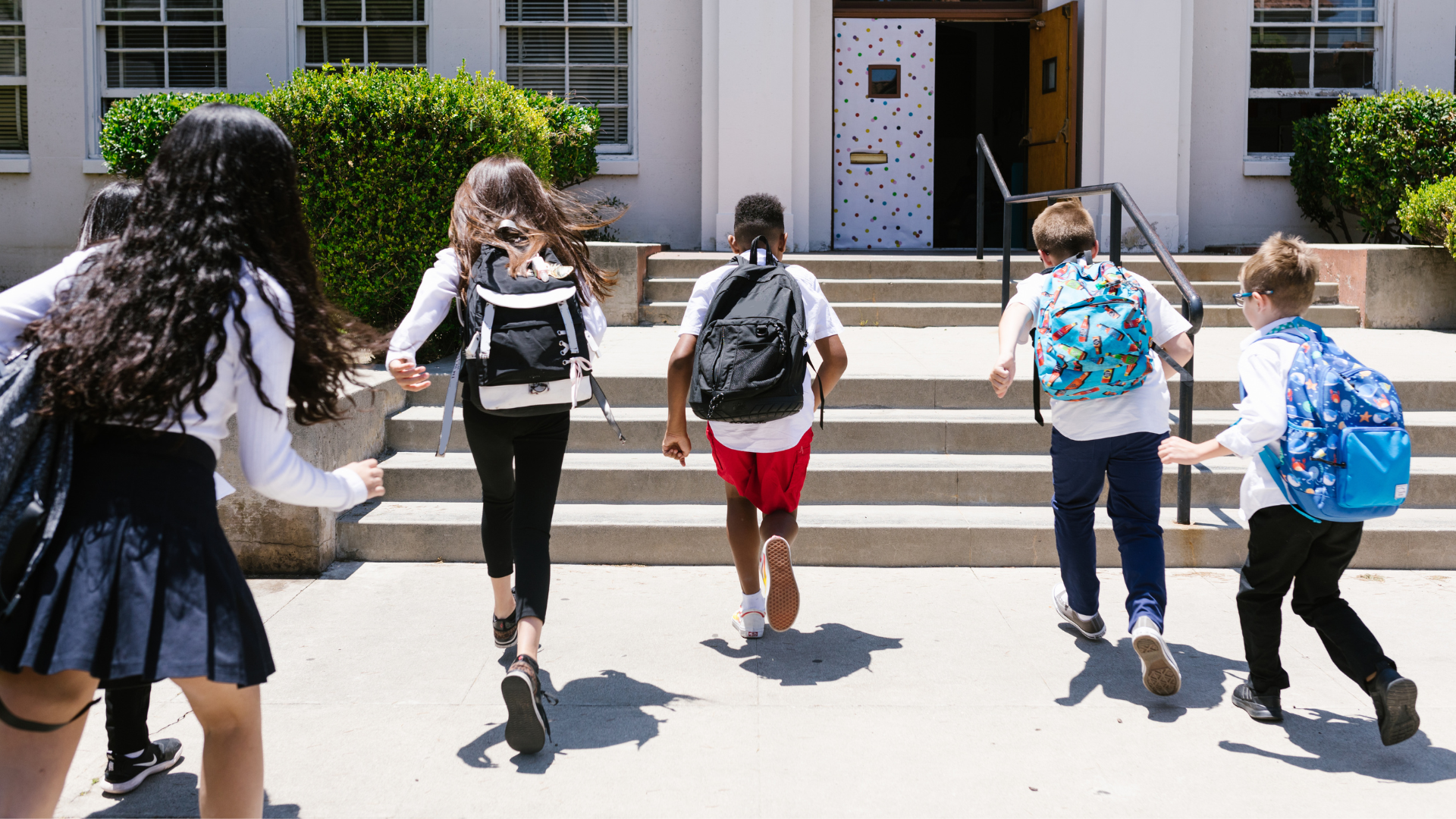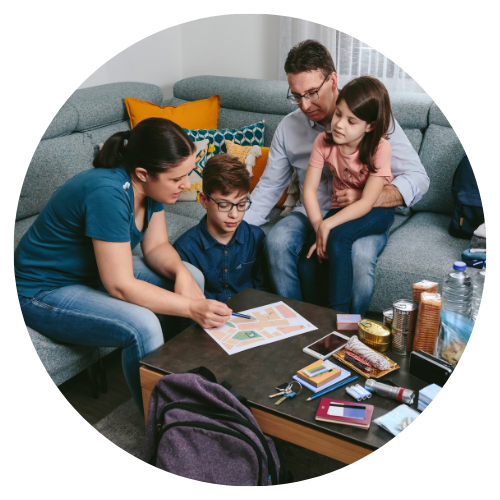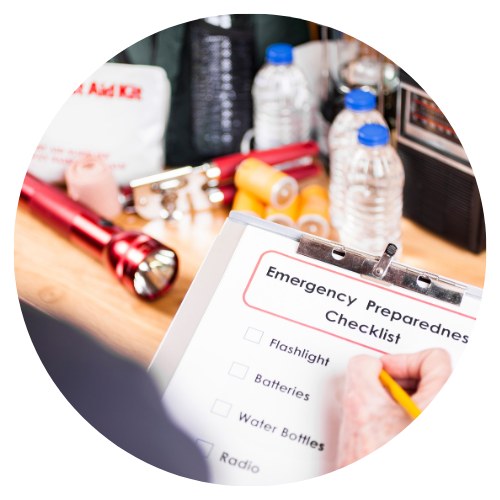Back to School: Preparing Schools and Students for Emergencies

Author: Marie Strawser, Managing Director, UMSA
 As summer draws to a close and the new school year begins, parents and educators are busy ensuring that students are equipped with the necessary supplies and skills to succeed in their studies. However, emergency preparedness is one critical aspect of preparation that often goes overlooked. Schools must be ready to respond to various emergencies, from natural disasters to security threats, and parents need to ensure that their children’s schools have robust plans in place. Moreover, involving students in these preparedness efforts can empower them with the knowledge and confidence to stay safe during an emergency.
As summer draws to a close and the new school year begins, parents and educators are busy ensuring that students are equipped with the necessary supplies and skills to succeed in their studies. However, emergency preparedness is one critical aspect of preparation that often goes overlooked. Schools must be ready to respond to various emergencies, from natural disasters to security threats, and parents need to ensure that their children’s schools have robust plans in place. Moreover, involving students in these preparedness efforts can empower them with the knowledge and confidence to stay safe during an emergency.
The Importance of School Preparedness Plans
Schools are responsible for the safety and well-being of students during school hours. Given the unpredictability of emergencies, having a well-developed preparedness plan is crucial. These plans should encompass various scenarios, including fires, earthquakes, lockdowns, and medical emergencies. A comprehensive preparedness plan serves several key purposes:
- Ensures Rapid and Coordinated Responses: A well-structured plan enables school staff to respond quickly and efficiently in an emergency, minimizing confusion and ensuring that all students and staff know what actions to take.
- Reduces Panic and Anxiety: Knowing that a clear plan is in place can help reduce panic and anxiety among students and staff during an emergency. Regular drills and training can familiarize everyone with the procedures, making it easier to remain calm and focused when it counts.
- Enhances Communication: Effective emergency plans include communication strategies informing parents, emergency responders, and the community. Clear communication ensures students reunite with their families as quickly as possible.
- Protects Lives and Property: Ultimately, any emergency preparedness plan aims to protect lives. Schools can significantly reduce the risk of injury or loss of life during a crisis by having detailed evacuation routes, secure shelter areas, and first aid resources readily available.
How Parents Can Ensure Their Children’s Schools Are Prepared
As a parent, it’s important to actively ensure that your child’s school is prepared for emergencies. Here are some steps you can take:
- Ask About the School’s Emergency Plans: Start by asking your child’s school about its emergency preparedness plans. Request information on the types of emergencies the school has planned for, how often drills are conducted, and what specific procedures are in place for different scenarios.
- Review the Plan Together: If the school provides a copy of its emergency plan, review it together as a family. Ensure your child understands the plan and knows what to do in case of an emergency at school. This can help alleviate any fears they might have.
- Inquire About Communication Protocols: Ensure that the school has a reliable system for communicating with parents during an emergency. This might include automated phone calls, text messages, emails, or even social media updates. Ensure your contact information is up to date in the school’s records.
- Get Involved in School Preparedness Activities: Many schools have parent-teacher associations or emergency preparedness committees. Joining these groups can give you a voice in how the school prepares for emergencies and allow you to contribute to ongoing safety efforts.
- Prepare for Your Child’s Specific Needs: If your child has any special needs, such as medical conditions or disabilities, make sure the school’s emergency plan accounts for these. If necessary, work with the school to develop a personalized plan.
 Involving Students in Emergency Preparedness
Involving Students in Emergency Preparedness
Empowering students to actively participate in emergency preparedness can be incredibly beneficial. Not only does it help them understand the importance of being prepared, but it also gives them the confidence to act appropriately during an emergency. Here are some ways students can get involved:
- Participate in Drills: Encourage your child to take school drills seriously. Whether it’s a fire drill, lockdown drill, or earthquake drill, practicing these procedures can make them second nature in a real emergency.
- Learn Basic First Aid: Schools often offer basic first aid training, which can be invaluable in emergencies. Teaching students how to perform CPR, treat minor injuries, or assist others can make a significant difference in the outcome of an emergency.
- Be a Leader: Older students can take on leadership roles during emergencies. Schools might organize safety patrols or designate student leaders to assist teachers during drills. This helps with the school’s preparedness efforts and fosters a sense of responsibility and leadership in students.
- Discuss Emergency Preparedness at Home: Encourage open discussions about emergency preparedness. Talk about what your child learned at school and how those lessons can be applied at home or in other settings. This reinforces the importance of being prepared no matter where they are.
- Create a Personal Emergency Kit: Help your child create a small emergency kit to keep in their backpack. This kit could include items like a flashlight, a whistle, basic first aid supplies, and a list of emergency contacts. Having their own kit can give students greater control during an emergency.
Conclusion
As students return to school, ensuring their educational environment is safe and prepared for emergencies should be a top priority. Parents, schools, and students all play a critical role in this process. By asking the right questions, getting involved in preparedness efforts, and empowering students with knowledge and skills, we can create a safer, more resilient school environment where everyone is ready to respond to emergencies.



